János Horváth
Manipulation Detection in Satellite Images Using Vision Transformer
May 13, 2021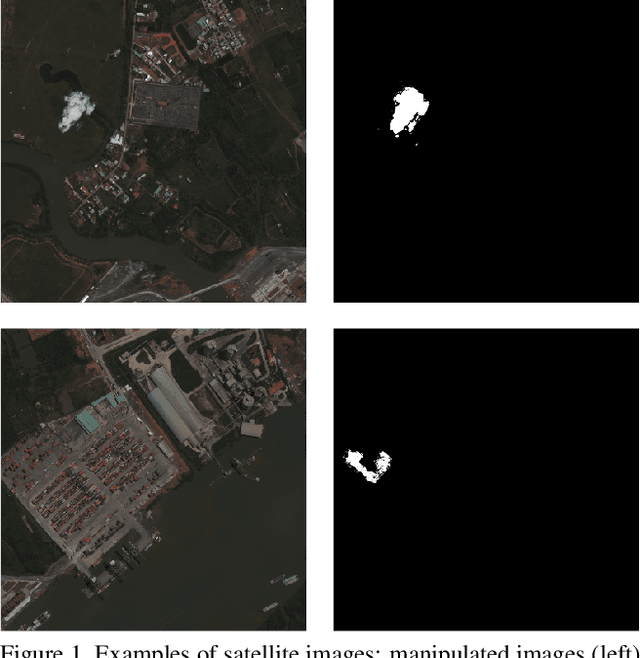

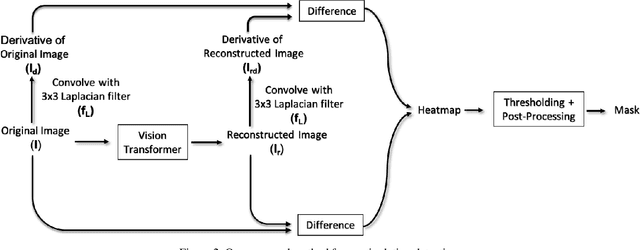
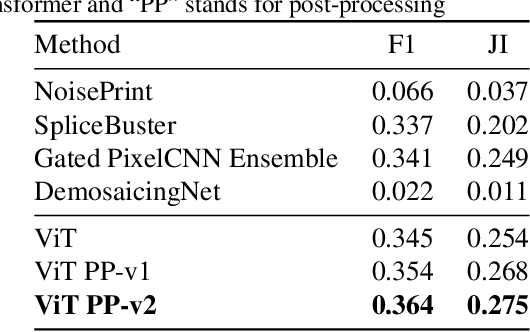
Abstract:A growing number of commercial satellite companies provide easily accessible satellite imagery. Overhead imagery is used by numerous industries including agriculture, forestry, natural disaster analysis, and meteorology. Satellite images, just as any other images, can be tampered with image manipulation tools. Manipulation detection methods created for images captured by "consumer cameras" tend to fail when used on satellite images due to the differences in image sensors, image acquisition, and processing. In this paper we propose an unsupervised technique that uses a Vision Transformer to detect spliced areas within satellite images. We introduce a new dataset which includes manipulated satellite images that contain spliced objects. We show that our proposed approach performs better than existing unsupervised splicing detection techniques.
Forensic Analysis of Video Files Using Metadata
May 13, 2021



Abstract:The unprecedented ease and ability to manipulate video content has led to a rapid spread of manipulated media. The availability of video editing tools greatly increased in recent years, allowing one to easily generate photo-realistic alterations. Such manipulations can leave traces in the metadata embedded in video files. This metadata information can be used to determine video manipulations, brand of video recording device, the type of video editing tool, and other important evidence. In this paper, we focus on the metadata contained in the popular MP4 video wrapper/container. We describe our method for metadata extractor that uses the MP4's tree structure. Our approach for analyzing the video metadata produces a more compact representation. We will describe how we construct features from the metadata and then use dimensionality reduction and nearest neighbor classification for forensic analysis of a video file. Our approach allows one to visually inspect the distribution of metadata features and make decisions. The experimental results confirm that the performance of our approach surpasses other methods.
Generative Autoregressive Ensembles for Satellite Imagery Manipulation Detection
Oct 08, 2020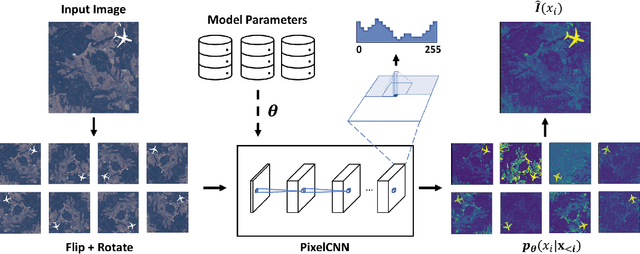
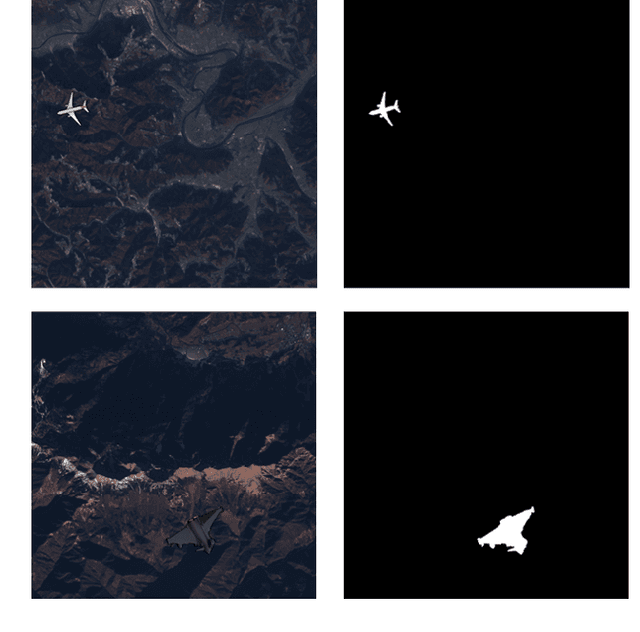
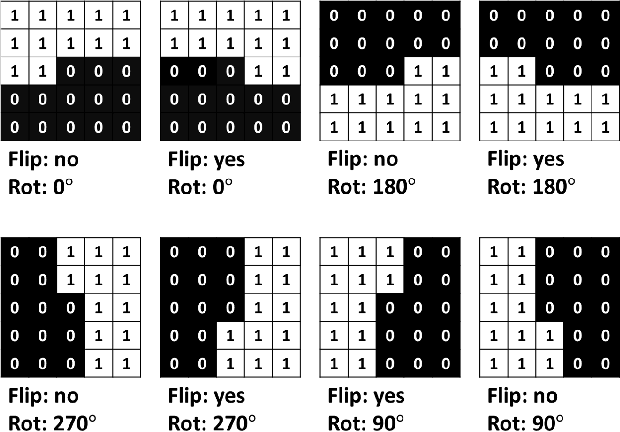

Abstract:Satellite imagery is becoming increasingly accessible due to the growing number of orbiting commercial satellites. Many applications make use of such images: agricultural management, meteorological prediction, damage assessment from natural disasters, or cartography are some of the examples. Unfortunately, these images can be easily tampered and modified with image manipulation tools damaging downstream applications. Because the nature of the manipulation applied to the image is typically unknown, unsupervised methods that don't require prior knowledge of the tampering techniques used are preferred. In this paper, we use ensembles of generative autoregressive models to model the distribution of the pixels of the image in order to detect potential manipulations. We evaluate the performance of the presented approach obtaining accurate localization results compared to previously presented approaches.
Deepfakes Detection with Automatic Face Weighting
May 04, 2020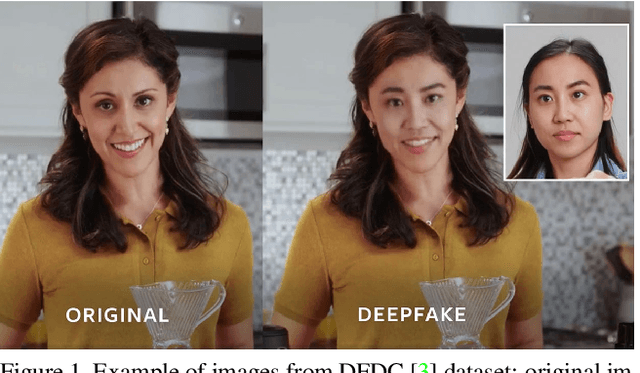
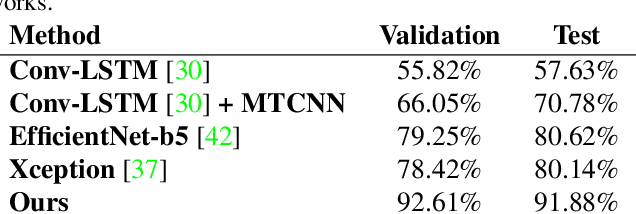


Abstract:Altered and manipulated multimedia is increasingly present and widely distributed via social media platforms. Advanced video manipulation tools enable the generation of highly realistic-looking altered multimedia. While many methods have been presented to detect manipulations, most of them fail when evaluated with data outside of the datasets used in research environments. In order to address this problem, the Deepfake Detection Challenge (DFDC) provides a large dataset of videos containing realistic manipulations and an evaluation system that ensures that methods work quickly and accurately, even when faced with challenging data. In this paper, we introduce a method based on convolutional neural networks (CNNs) and recurrent neural networks (RNNs) that extracts visual and temporal features from faces present in videos to accurately detect manipulations. The method is evaluated with the DFDC dataset, providing competitive results compared to other techniques.
 Add to Chrome
Add to Chrome Add to Firefox
Add to Firefox Add to Edge
Add to Edge